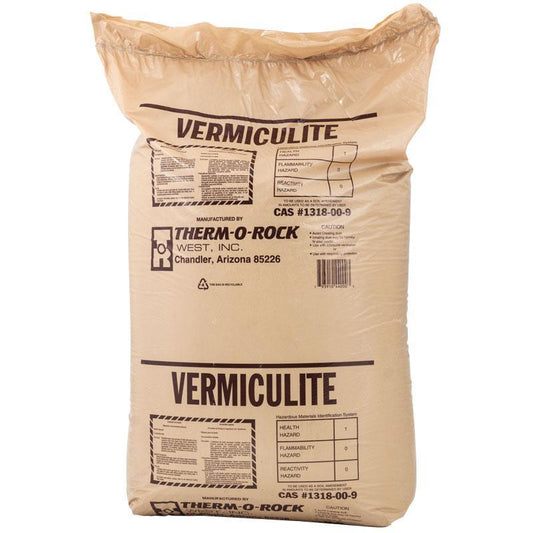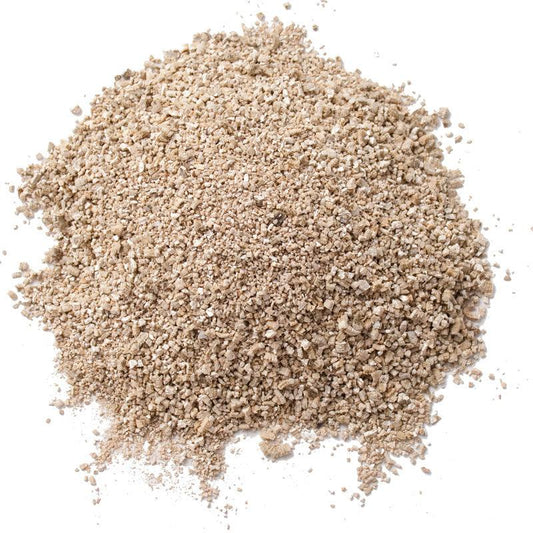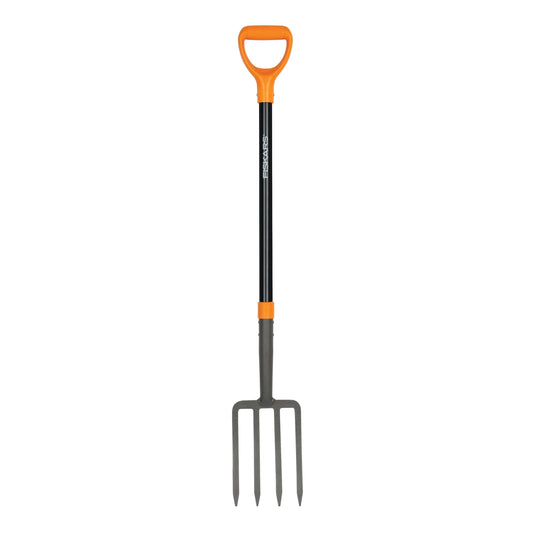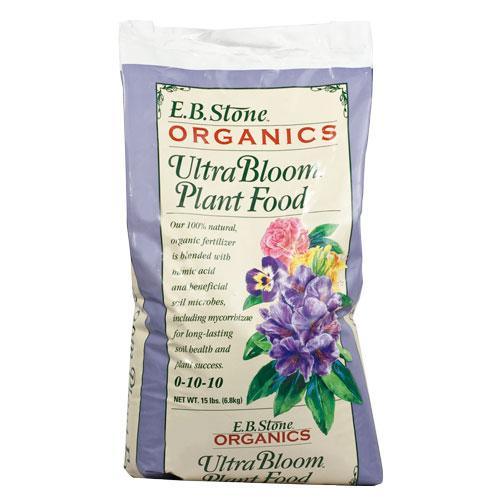Understanding Bulb Structures on Flowers
When you notice "bulb-like" structures in your flower garden, they may not be true bulbs at all. Many summer-blooming plants develop from structures like tubers, corms, rhizomes, or tuberous roots. Unlike true bulbs, which require cold temperatures to thrive and are typically planted in the fall, these tender structures are planted in the summer and cannot survive harsh winters in the ground. Here's a comprehensive guide to identifying, caring for, and storing these delicate structures.
General Tips for Lifting and Storing Tender "Bulbs"
Proper care during lifting and storage is essential to ensure your plants bloom beautifully again next season. Follow these guidelines:
- Timing Is Key: Dig up the "bulbs" after the foliage has dried or been killed by frost but before the ground freezes.
- Handle With Care: Use a garden fork or shovel, taking care not to damage the structures, as nicks and scrapes can lead to rot.
- Remove Soil Gently: Avoid washing the "bulbs." Instead, brush off excess soil.
- Curing: Some types, like tuberous begonias, require curing in a warm, dry location for about two weeks before storage.
- Storage Medium: Place "bulbs" in peat moss, vermiculite, or sawdust. Keep the storage material dry and out of light during dormancy. Slightly moisten if they start to shrivel, but do not soak.
- Temperature Control: Store them in an area with a stable temperature of around 50°F. Periodically inspect them for rot and remove affected sections.
Guidelines for Specific Types of Tender "Bulbs"
Different types of tender "bulbs" require specific care to ensure successful overwintering and replanting.
Tuberous Begonias
- Lifting a disk-shaped tuber
- Dry tubers in a warm, dry location for 2 weeks
- Store dried tubers in sphagnum moss or vermiculite
Caladium
- Lifting a tuber and any new tubers growing from the sides of the main one
- Dry tubers in a warm, dry location for 2 weeks
- Store dried tubers in sphagnum moss, dry sand or vermiculite
Gladiolus
- Lifting a corm
- Dig up after foliage has begun to yellow
- Dry for about one week in the sun, and allow to cure at 80-85°F for 2 more weeks
- Remove the old corm and store in a cool, dry area
Calla Lily
- Lifting a rhizome
- Dig up after foliage has died back
- Store rhizomes in dry sand or vermiculite

Canna
- Lifting a rhizome
- Dig up after foliage has died back
- Store rhizomes in moist sand or vermiculite

Dahlia
- Lifting tuberous roots and crown
- Dig up after frost has killed back the foliage, being careful not to damage the crown
- Store cleaned tubers in vermiculite
Agapanthus
- Lifting a rhizome
- Pot up and bring indoors
Alstromeria
- Lifting a bulb
- Pot up and bring indoors
Eucomis (aka Pineapple Lily)
Why Proper Storage Matters
Proper handling and storage of tender "bulbs" are crucial for maintaining their health and ensuring robust blooms in the next growing season. Damaged or improperly stored "bulbs" may rot, dry out, or fail to produce flowers. By following the specific care instructions for each plant type, you can protect your investment and enjoy a beautiful garden year after year.
Plan Ahead for Next Season
As you prepare your garden for winter, take the time to properly care for your tender "bulbs." For more tips and detailed growing instructions, visit our flower bulb growing guide in the Resource Center. We also offer a wide selection of organic and open-pollinated flower seeds for your gardening needs.
With a little effort and attention, you can preserve your tender "bulbs" and enjoy a spectacular display of flowers next season. Happy gardening!







